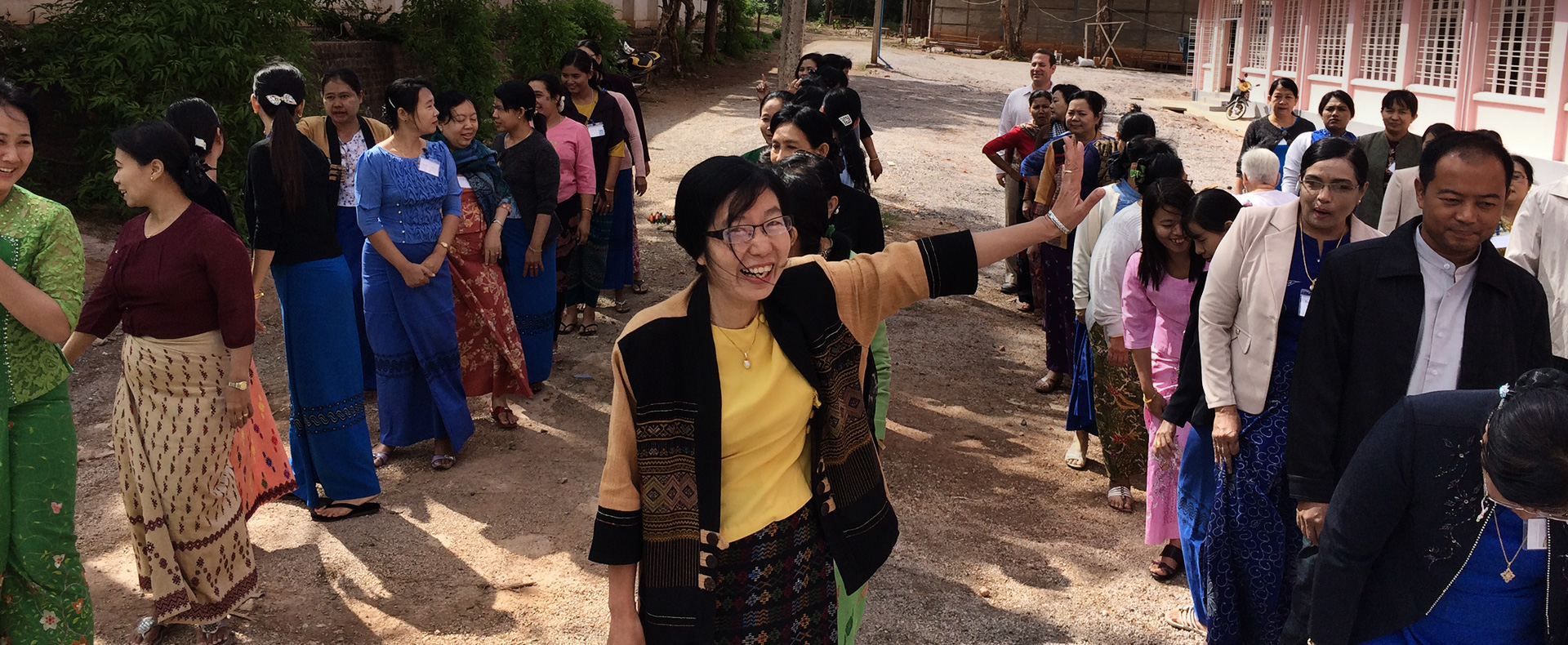Community Legal Training in Myanmar
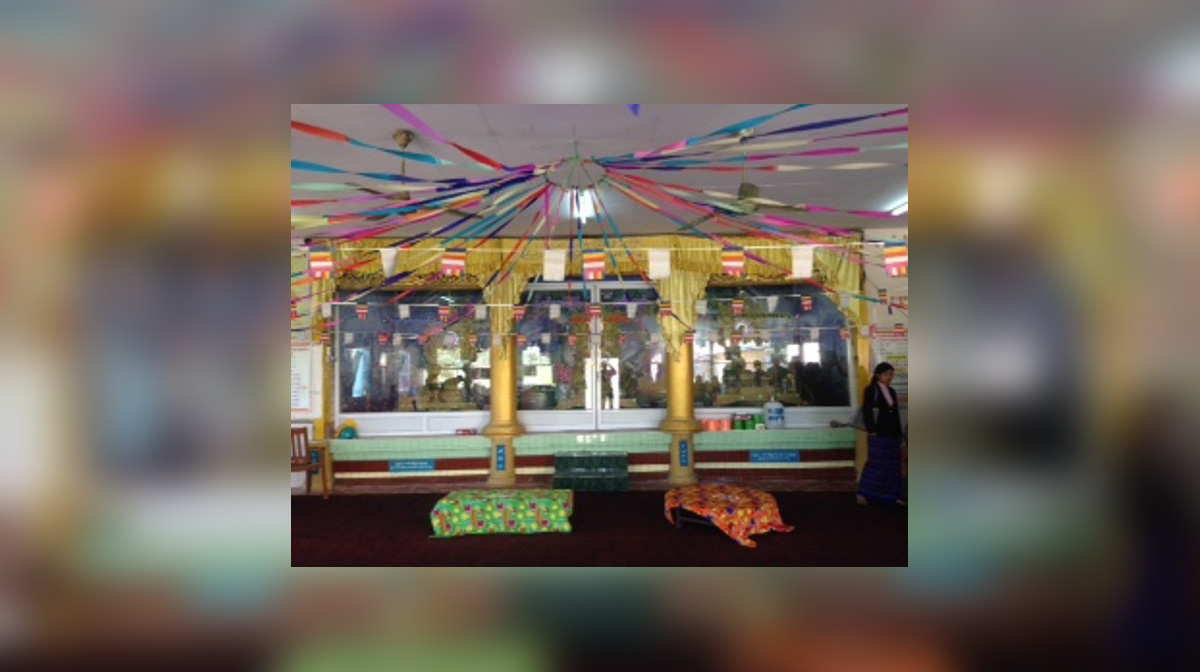
Posted on 19 May 2015 by Michael Gill
In February 2015, I worked for a month in Myanmar as an International Clinician in Residence (ICIR) assisting three Mandalay universities with various aspects of clinical legal education. This was my second visit to Mandalay, as part of an ongoing New Perimeter project in collaboration with our project partner, BABSEA CLE.
It was an interesting and varied month. I helped with training teams for the first National Mock Trial Event in Yangon and was lucky enough to be able to attend and to play a role in the proceedings. It was a very successful event and a great learning experience for all involved.
When I returned to Mandalay, I worked with Mandalay University in its preparation and presentation of, what I believe was the first (certainly the first recent), community legal training (CLT) in Myanmar. CLT serves many purposes and achieves many objectives:
- For the students, it assists in their training of particular subjects as well as presentation skills. It gives them confidence.
- For the teachers, it also helps them as they learn about the various clinical methods for the delivery of legal education and for working with their students.
- For the community, it delivers much needed knowledge about their legal rights, and some skills training in how to assert their legal rights. In the process, it also identifies and reinforces the basic values which underpin the knowledge and skills.
The two-year old undergraduate law program at Mandalay University has approximately 60 first and second year students. The CLT event was led and driven by Mandalay University lecturer U Tin Moe Lwin ably assisted by his professional colleagues and keen students. The teachers prepared the CLT program and commenced the training of the second year students. Very soon the students themselves added their thoughts, knowledge and imagination to the activity. The final product was the outcome of mutual input from teachers and students alike.
Consistent with the clinical training objectives of BABSEA CLE, the program was interactive and designed to include the community audience in the following activities:
- Games and rewards.
- Role plays from four different work injury scenarios.
- Question and answer periods.
- Group discussions.
- Participant feedback.
Many rehearsals were conducted. I was honoured to be invited to the final rehearsal and to provide my feedback. It was an absolute delight to work with the teachers and the students.
The community selected for the delivery of the CLT program was made up of people who worked at the university, including labourers on building sites, and cleaners within the university. The training topic selected was The Right to Compensation for Persons Injured at Work. On one day the afternoon crew assembled at the Department of Law at Mandalay University and travelled the short distance to the workers' village.
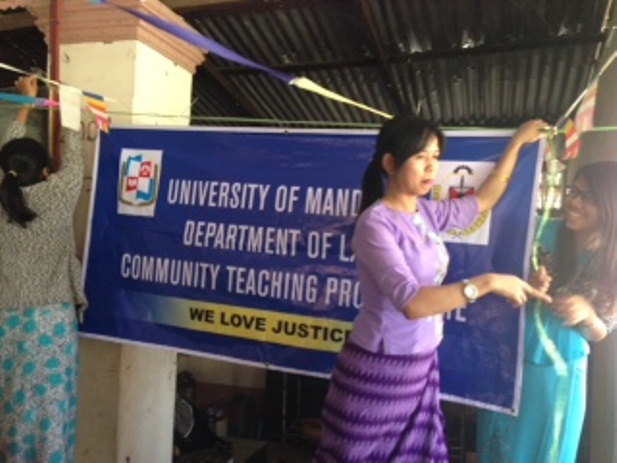
Setting up
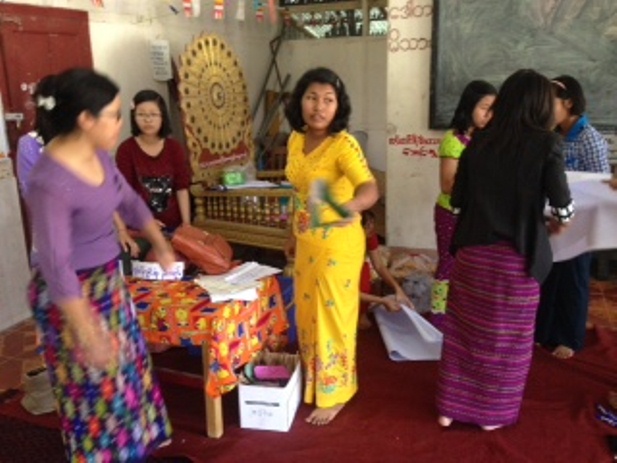
Setting up
As the students and the teachers set up the room, the local community leaders fired up the generator to ensure that the microphone system was in working order. Approximately 40 community members were present for the start and the audience peaked at about 70 people. The students were brilliant - and the community members were inspirational in their contribution to the event.
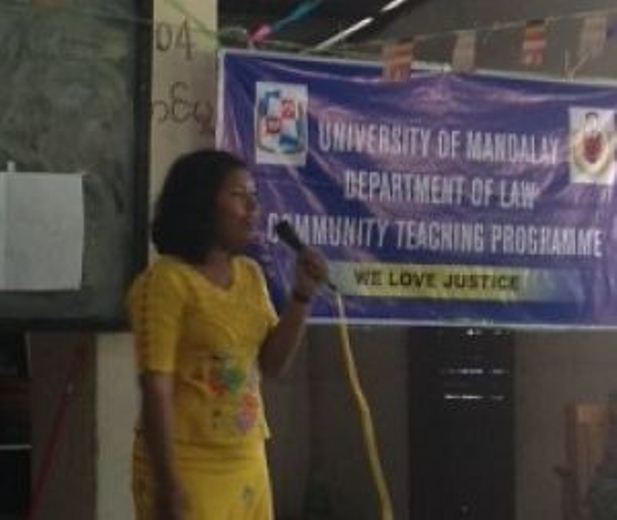
The students present…
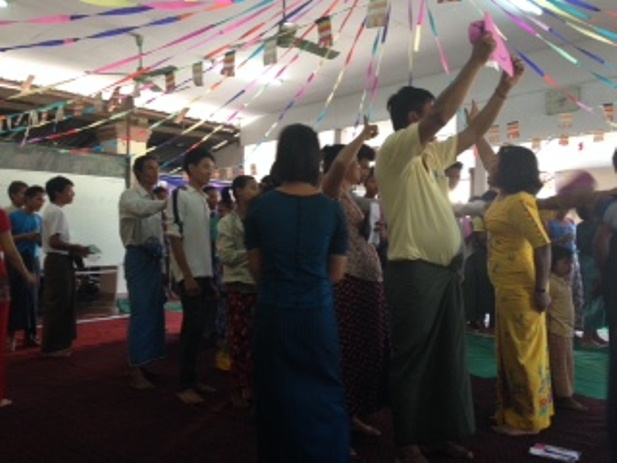
…and the community participates
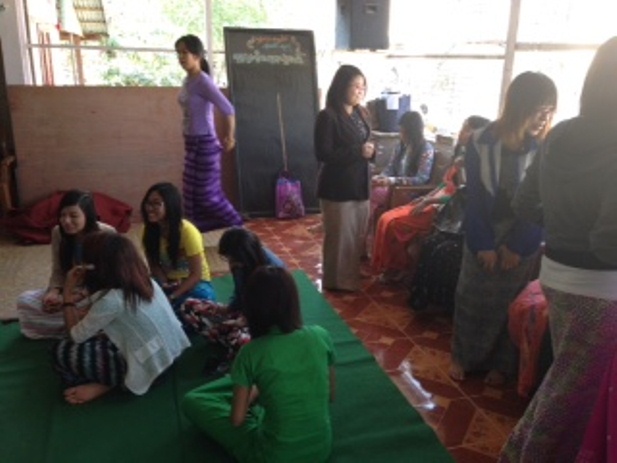
More community activity
I was honoured to be part of this unique and ground breaking event. It was remarkably successful, particularly as a first attempt at CLT. The teachers and students at Mandalay University have shown great leadership in introducing this important activity to the life of Myanmar.
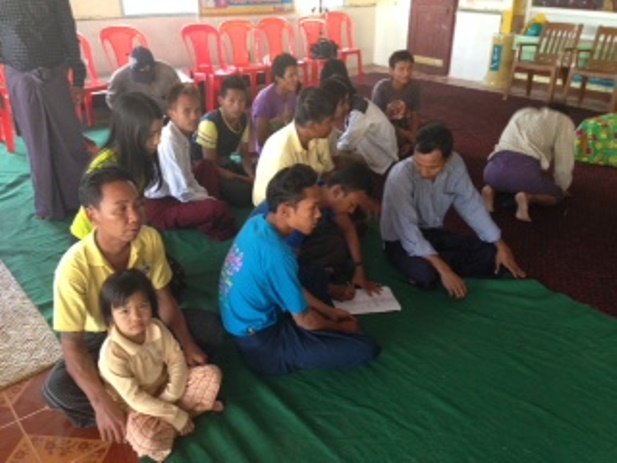
Community feedback time
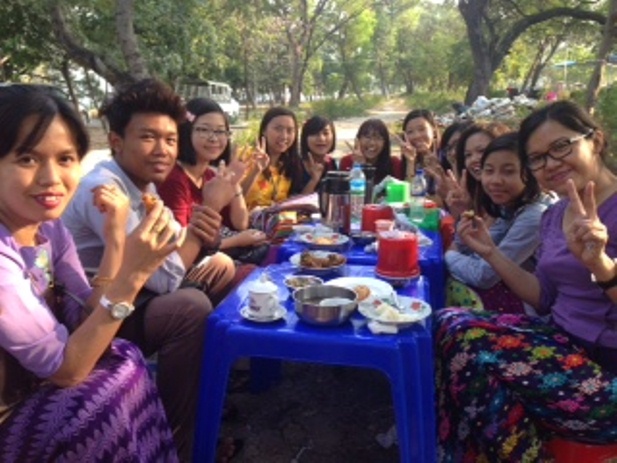
A well-deserved post-event celebration
Developing Clinical Legal
Education in Myanmar
